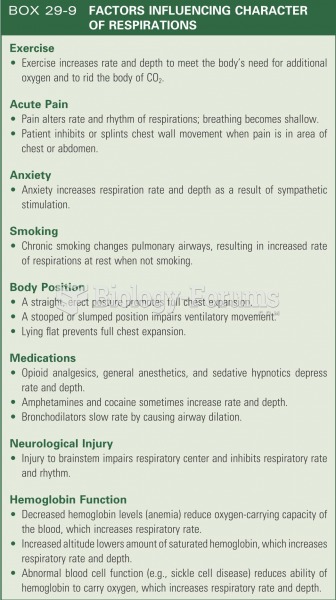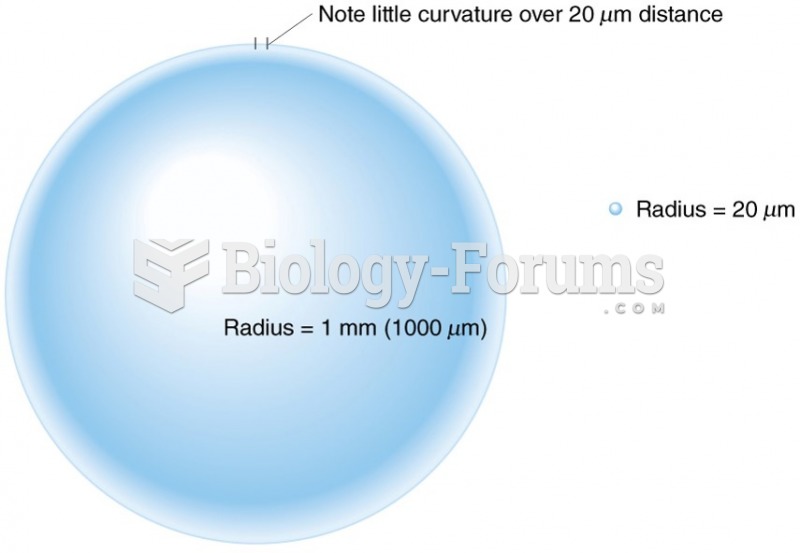Answer to Question 1
The various psychological factors to be considered when merchandising stores are:
Value and fashion image. One of merchandise presentation's most important psychological effects is to foster an image in the customer's mind of how trendy, exclusive, pricey, or value oriented the merchandise is. For each of the merchandise-presentation methods mentioned previously, we discussed its effect on price image. By changing the merchandise-presentation method, we can change the perception of our towel display from common, high volume, and high value to an exclusive selection of high-fashion merchandise that is typically branded by a well-known designer, which presumably will be at higher prices.
Angles and sight lines. Research has shown that as customers move through a retail store, they view the store at approximately 45-degree angles from the path of travel, rather than perpendicular to their path. This 45-degree angle approximates the extent to which the typical person can turn his or her head. Although this seems logical, most stores are set up at right angles because it is easier and consumes less space. Therefore, merchandise and signage often wind up being at a 90-degree angle to the main aisle. Four-way feature racks can be more effectively merchandised by being turned to meet the shoppers' sight lines head-on.
Vertical color blocking. To be most effective, merchandise should be displayed in vertical bands of color wherever possible. As customers move through the store, their eyes naturally view a swath approximately two-feet high, parallel to the floor, at about eye level. This visual swath of merchandise will be viewed as a rainbow of colors if each merchandise item is displayed vertically by color. This method of merchandise presentation creates such a strong visual effect that shoppers are exposed to more merchandise, which in turn increases sales. In addition, when shopping for clothing, customers most often think first of color. Thus, they can easily find the column of color on display and locate their size.
Answer to Question 2
T







